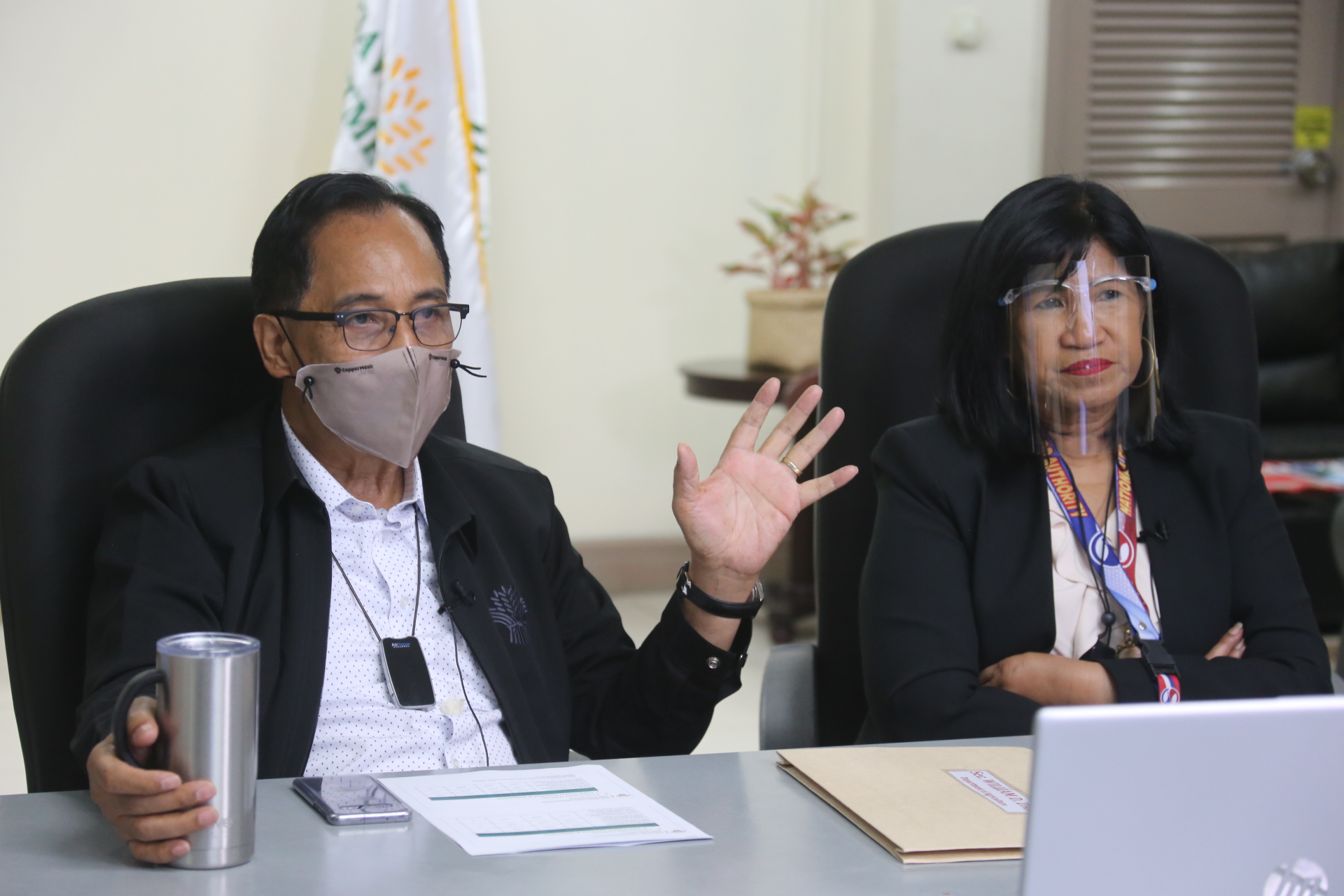
Buying prices for dry palay (paddy rice) in the country’s top-producing areas reach P19 per kilo, at par with the maximum buying price set by the National Food Authority (NFA).
The quick palay price survey report made by the Philippine Rice Information System (PRiSM), from September 16-30, 2020, showed that prices of palay averaged P18 per kilo (/kg) in Central Luzon and P19/kg in Cagayan Valley.
The two regions are the country’s top rice producers, accounting for roughly 19 percent (%) and 12.5%, respectively, of total national harvest in 2019, at 18.8 million metric tons (MMT).
In the same report, PRiSM said price for freshly-harvested palay in the two regions averaged at P14/kg.
In a virtual press conference on October 1, Agriculture Secretary William Dar said prevailing palay prices in the Philippines towards the end of the second semester 2020 were actually higher than in previous years.
Grains traders and middlemen usually buy wet or freshly-harvested palay, with high moisture content or MC, at 35% to 40% lower than dried grains at 14% MC, as they shoulder the costs of hauling, transportation, and drying.
The NFA, an attached corporation of the Department of Agriculture, buys dry palay with 14% MC at P19/kg nationwide. It also buys wet palay at pro-rata basis, and offers free transport at designated barangays, said DA-NFA Administrator Judy Carol Dansal.
The PRiSM project is an online system that consolidates and presents accurate, timely, and location-specific information on the status of rice crops, that includes: rice area estimates, planting dates, yield estimates, and crop health assessments.
Thus, it provides the DA management vital information to support its strategic and policy decision-making on the country’s rice industry and food value chain. PRiSM is jointly undertaken by the DA’s Philippine Rice Research Institute (PhilRice), International Rice Research Institute (IRRI), and Sarmap, a Swiss technology firm.
“Hence, we base our analysis and decisions using more reliable data. Bumababa tayo sa mga communities to monitor and ensure that our interventions are in place and benefit our farmers,” the DA chief said.
A separate survey conducted by the Philippine Statistics Authority (PSA) during the last two weeks of September showed that farmgate prices of palay were at P17.12/kg, 5.8% higher than P16.18/kg in 2019, for the same period.
“Our PRiSM data, therefore, debunks the disinformation waged by interest groups against the rice tariffication law (RTL), blaming it for the decline in prices of palay,” said secretary Dar.
“The interest groups, along with former DA officials, have exaggerated data on palay to push for the amendment or repeal of the RTL. They are resurrecting old arguments against RTL,” he added.
Interest groups, led by the Federation of Free Farmers (FFF), call for the review and repeal of the RTL as palay prices continue to drop and rice importation remains unregulated by the government.
The PRiSM survey was conducted in 16 regions, among 219 respondents, composed of farmers, traders, and millers. It also considered palay price monitoring reports from DA-regional field offices and provincial and municipal local government units.
“Makikita dito na hindi nagkakalayo ang data na ginagamit ng gobyerno, and definitely the reality is, hindi kasing baba ang presyo ng palay as interest groups claim on social media,” Secretary Dar said. ### (DA StratComms)













